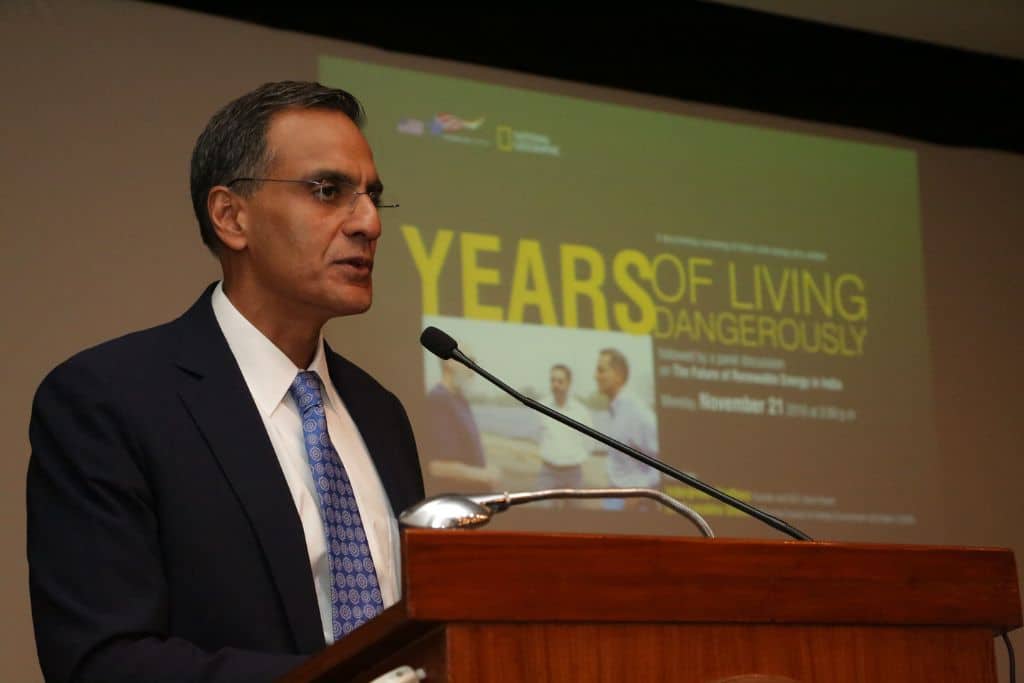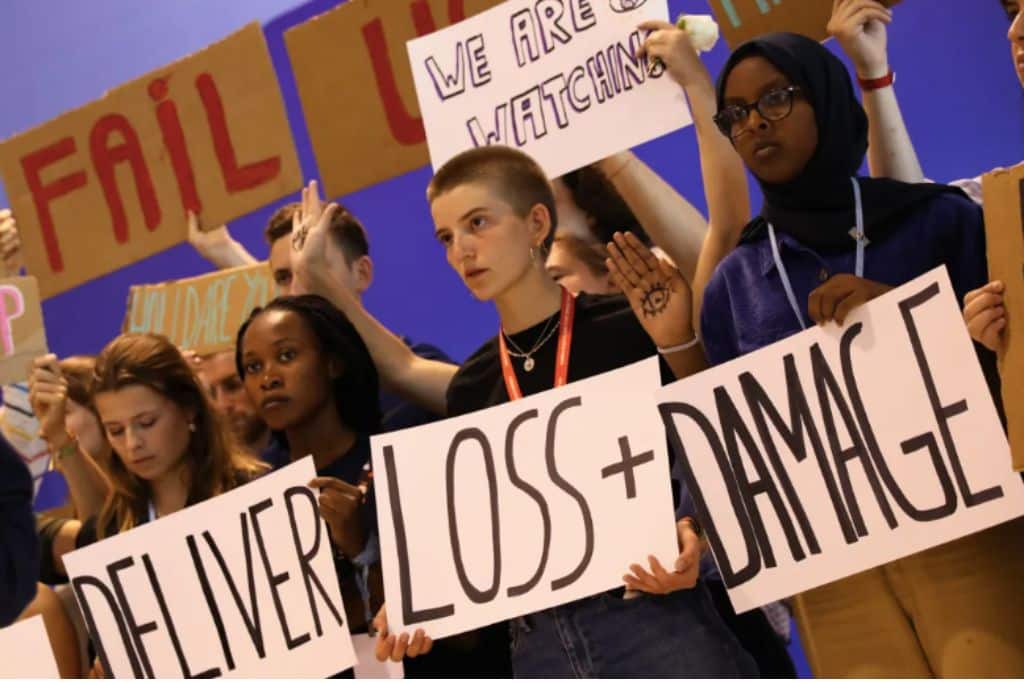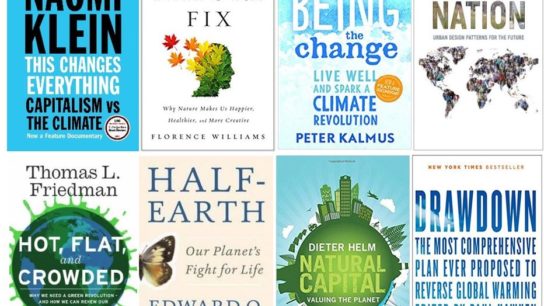David Attenborough’s A Life on Our Planet, Seaspiracy, Tomorrow, Sisters in Arms, 2040… How great has their impact been? Did these documentaries truly make people more aware of the impacts of climate change?
—
Documentaries about environmental issues are heralded as a vehicle to bring people’s attention to pressing issues such as climate change. In this article, Earth.Org explores whether documentaries can also have a positive influence on people’s commitment to environmental stewardship and the protection of our planet.
Does Knowing More Incite Us to Act?
According to research, not necessarily. A 2008 study found the more people are informed about global warming, the less they feel personally responsible for the problem. This may be linked to the phenomenon whereby people can become desensitized to issues following repeated exposure.
While documentaries capture audiences’ attention and promote climate action through powerful imagery and storytelling, the long-term impact remain unclear. A study on the impact of An Inconvenient Truth, former US Vice-President Al Gore’s 2006 documentary on global warming, found that viewing the film increased audiences’ knowledge of global warming, heightened environmental concern, and amplified willingness to reduce greenhouse gas emissions. This willingness to take action, however, did not necessarily translate into real world action.
Salma Monani, Professor at Gettysburg College’s Environmental Studies Department, contends that documentaries have the capacity to present new and varied perspectives about environmental activism and agency. However, she critiques productions that depict communities and the environment solely as victims, suggesting this portrayal diminishes the perceived agency of these groups and may lead viewers to feel their actions are ineffective.
Case Study
In 2018, audiences were asked questions on how the documentary series Years of Living Dangerously affected their motivations to act on climate change. After watching the episodes, respondents reported increased awareness and expressed concern about the uncertain future. However, a disconnect emerged between the global issue and their personal vulnerability to climate change risks, with many left unsure about actionable steps.

While they recognised their existing behaviors – such as recycling, conserving energy, or driving less – as environmentally positive, there was little inclination to adopt additional climate-positive habits. Some were prompted to take political action, such as voting or providing signatures for petitions, but such actions were infrequent.
The primary barrier for changing behavioral patterns was a lack of knowledge on how to act. Researchers concluded that for documentaries to be impactful, they must incite a desire to act by not only eliciting an emotional response but also by offering specific advice on what individuals can do to address climate change and encouraging collective action.
What Makes an Impactful Documentary?
In a 2024 study, Indonesian journalist and movie director Endah Wahyu Sulistianti examined documentary films depicting environmental issues in Indonesia amid a significant gap in research on how these movies shape public perception, engage policymakers and impact grassroots activism.
She concluded that, while documentaries have proven their worth as powerful tools for environmental advocacy, the market is dominated by major Western producers such as BBC Earth, National Geographic, and the Discovery Channel. This dominance leaves limited space for smaller, locally produced films to reach audiences and convey their message to viewers. Moreover, she argued that these dominant documentaries often perpetuate narratives that reinforce Western scientific perspective and technological solutions to climate change, overlooking local contexts and Indigenous knowledge.
Research into 10 popular environmental documentaries found they disproportionately position white, male, and Western people as “experts” of climate change while racializing “Others” and women as passive victims. They often depict nameless racialized victims, dehumanizing those shown on screen, in stark contrast with so-called “experts”, whose academic or professional accolades and institutional affiliations often flank their names on-screen when they speak. These problematic hierarchies of race and gender have implications on how discourses of responsibility and concern are produced.
The absence of voices outside of the archetypical “expert” is particularly noticeable in discussions of potential solutions and the “just transition.” The climate crisis whilst being an environmental issue is also a moral one, due to its unequal causes and effects. Documentaries are limited in achieving true, meaningful change if they fail to critique the systems they identify as the cause of the climate crisis. Where Western discourses dominate, little room is given to decolonial and feminist movements to put forth solutions.

Endah Sulistianti advocates for local environmental documentaries such as those coming out of Indonesia. In her 2024 study, she looked at works including Sexy Killers (2019) and Pulau Plastik (2021), which take investigative and activist-driven approaches to expose corporate and political ties to environmental degradation, leading to public discussions and activism. She furthered the critique of Western-produced documentaries, which focus on conservation and climate change from a scientific perspective, showcasing instead local productions that highlight socio-political struggles and give power to Indigenous communities, placing blame for exploitation of natural resources on power wielding elites.
Final Thoughts
Through documentaries, audiences become privy to the lives of people on the frontlines of climate change, taking inspiration from their actions. Their behaviors challenge decision-making systems, enabling audiences to recognize how transformative an individual’s actions can be.
Documentaries in and of themselves dispense with the assumption that dominating cultural rhetorics is inherently right, and encourages questioning of the status quo. However, the framing of issues is everything. By presenting transformative accounts of environmental justice, documentarians can encourage audiences to both question their own role in remedying the situation and whether any group has the right to destroy ecosystems and threaten species survival. By doing this, they can shape ideas and inform the next steps.
You might also like: The 21 Best Environmental Films to Watch This Year
This story is funded by readers like you
Our non-profit newsroom provides climate coverage free of charge and advertising. Your one-off or monthly donations play a crucial role in supporting our operations, expanding our reach, and maintaining our editorial independence.
About EO | Mission Statement | Impact & Reach | Write for us








